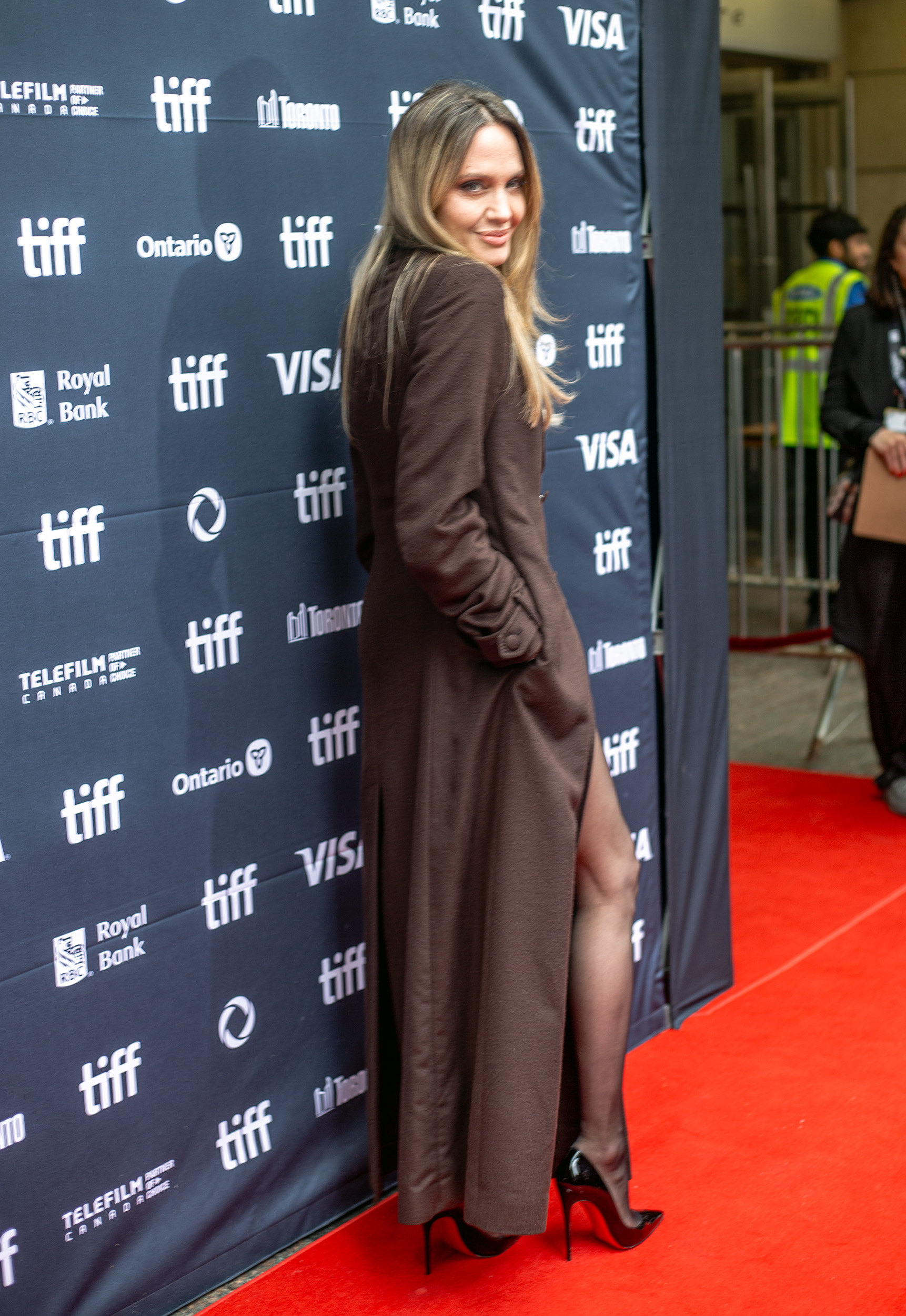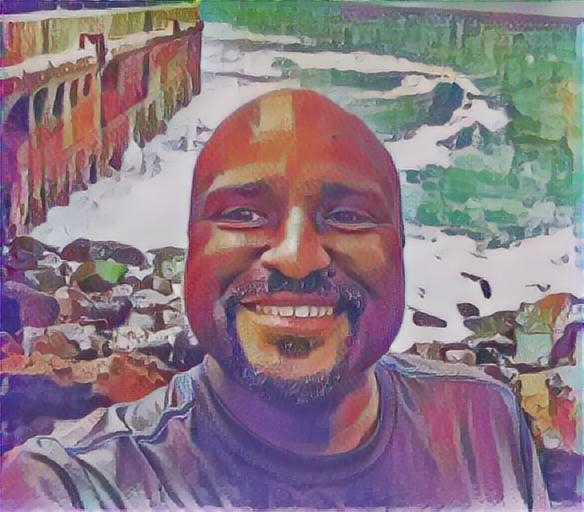The red carpet may look glamorous from the outside, but for those of us behind the lens, it often feels like a full-contact sport. You’re crammed shoulder-to-shoulder with photographers from all over the world, shouting names into the air, elbows up, cameras firing at machine-gun speed. In those few seconds of chaos, you hope for serendipity—a pose, a glance, a fleeting gesture—that crystallizes into the shot.
At this year’s 50th edition of the Toronto International Film Festival, my moment came during the premiere of Couture. In a flash of spontaneity, I called out Angelina Jolie's name, and she turned back at me with that playful pose—her leg extended, her iconic presence distilled into a single gesture. It was the kind of moment photographers wait years for.

But later, glancing at the back of my camera, my confidence wavered. The image wasn’t technically perfect. I began second-guessing myself. So when Angelina circled back again, I pushed harder, calling her name repeatedly. This time, though, she didn’t turn. Standing directly in front of me, she refused to give me another look. It was subtle, but it certainly felt deliberate.
That refusal brought back memories of last year’s TIFF, when I pressed Denzel Washington one request too many at the premiere of The Piano Lesson. He stopped, glared, and berrated me: “We got a lot in, man! I’ll send you the bill!”
The words were sharp, but in the end, we laughed it off. Still, I carried the sting of that moment with me. And here I was again, being reminded in a quieter but equally powerful way by Angelina that sometimes you need to take what you’ve been given, appreciate it, and move on.
Later, I vented about the “imperfect” shot to Wayne Baggs, a veteran photographer I’d befriended on the circuit this year. Wayne’s résumé is staggering—he’s photographed David Bowie in the ’70s, Led Zeppelin and U2 in their prime, and countless music and cinema icons. I expected sympathy. Instead, he stared at me in disbelief before delivering the kind of blunt honesty only a seasoned pro can:
“What are you talking about? It doesn’t get any better than that. The pose, her shoe, the leg. We wait years for that shot. You can literally pack up now and go home. That was your festival shot.”
His words hit me like a reset button. I realized that in my obsessive hunt for a “perfect” frame, I had lost sight of the magic already in my hands.
Here is a video capture of the moment from Vanity Fair:
As independent media, that chase is often harder. Unlike the Getty or Shutterstock shooters in the front row, who have guaranteed syndication and prime positions, those of us freelancing or representing smaller outlets must carve our space on the line. Wayne put it best: the stock photographers are “picture takers,” while the rest of us fight to be “storytellers.” It’s not about volume or technical precision alone—it’s about framing a narrative that resonates. And in that distinction lies our freedom: to widen the arc, deepen the context, and tell stories that go beyond a single click.
That’s why I’m grateful to TIFF for making space for visual storytellers beyond the big agencies. TIFF has consistently accredited a wide spectrum of photographers—independent and diverse voices who are here not just to take pictures, but to contribute to telling a broader spectrum of stories that sustains film culture. It’s an acknowledgement that cinema thrives on diverse perspectives, and that visual storytelling deserves room to breathe outside the monopolies of global wire services.
In the end, this landmark TIFF50 edition taught me something I’ll carry far beyond the festival: sometimes the shot you doubt is the one others will treasure; sometimes the lesson comes not from the photo itself but from those challenges faced in capturing those moments. Denzel and Angelina each gave me that reminder in their own ways. And Wayne, with his decades of wisdom, helped me see that I hadn’t missed anything at all—I had already captured something worth celebrating.
The lens doesn’t just capture what’s in front of us. It frames how we see ourselves, our craft, and the fleeting beauty of a single moment. And this year, I came away with more than a photograph—I came away with perspective.



